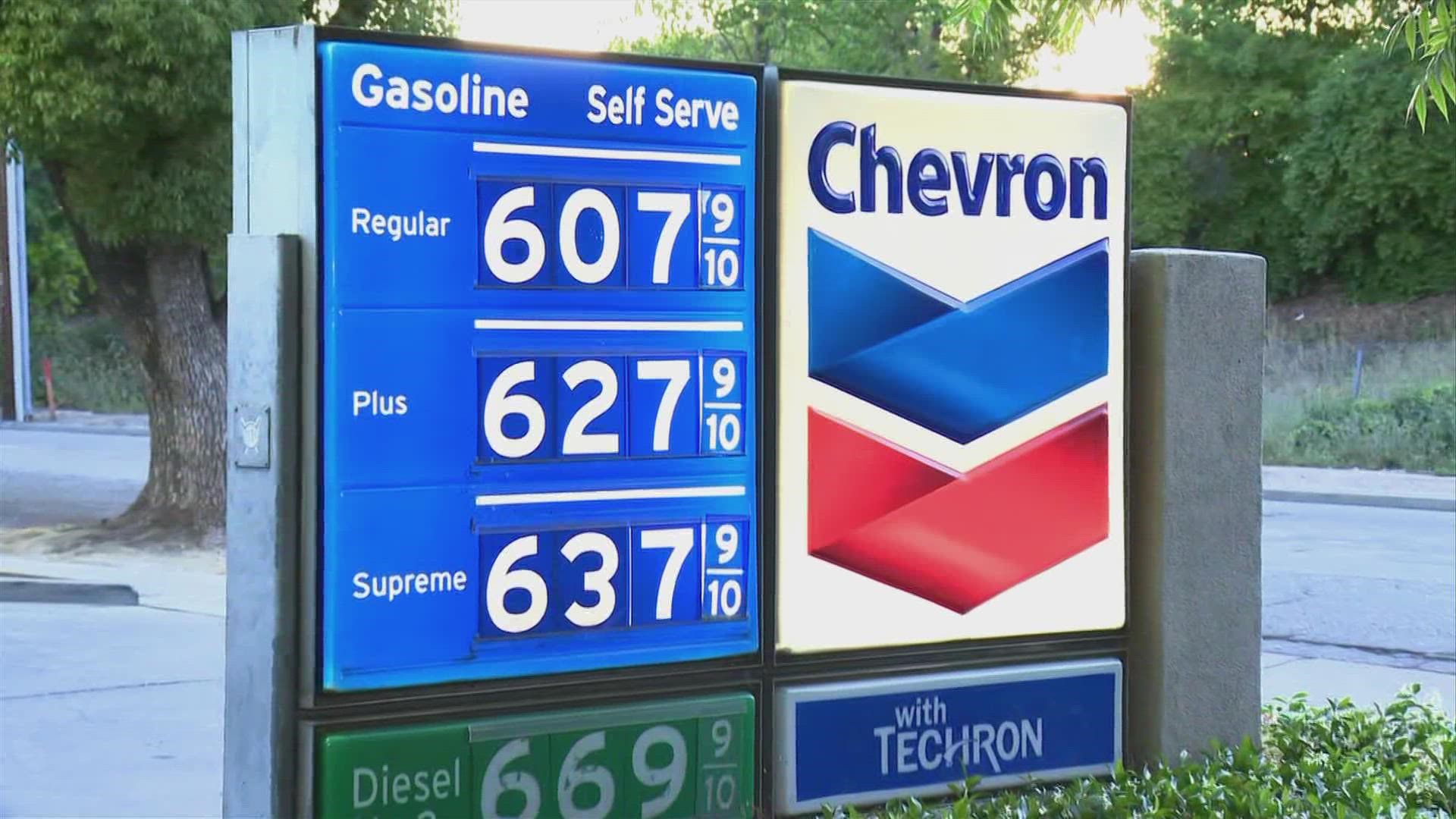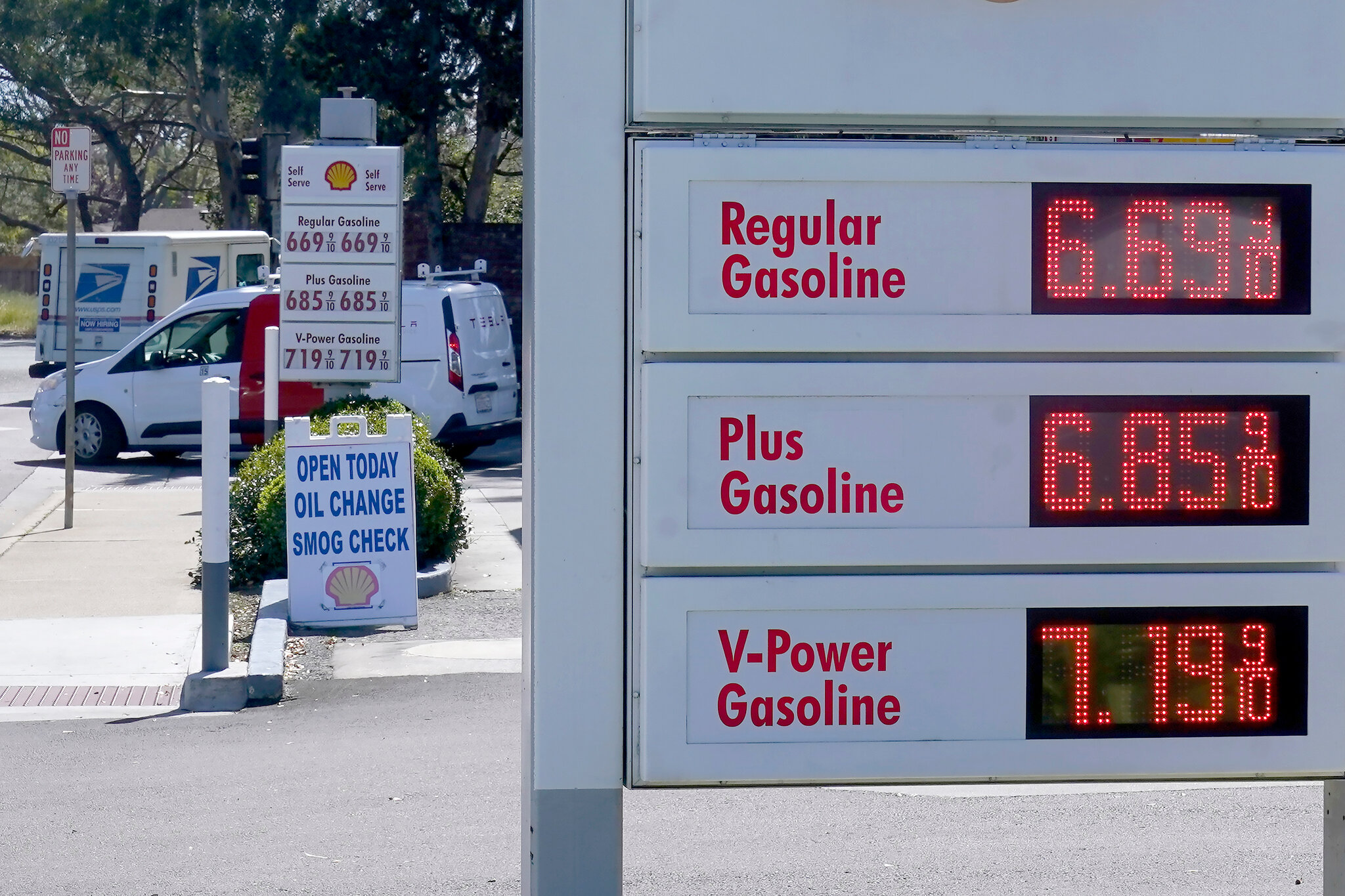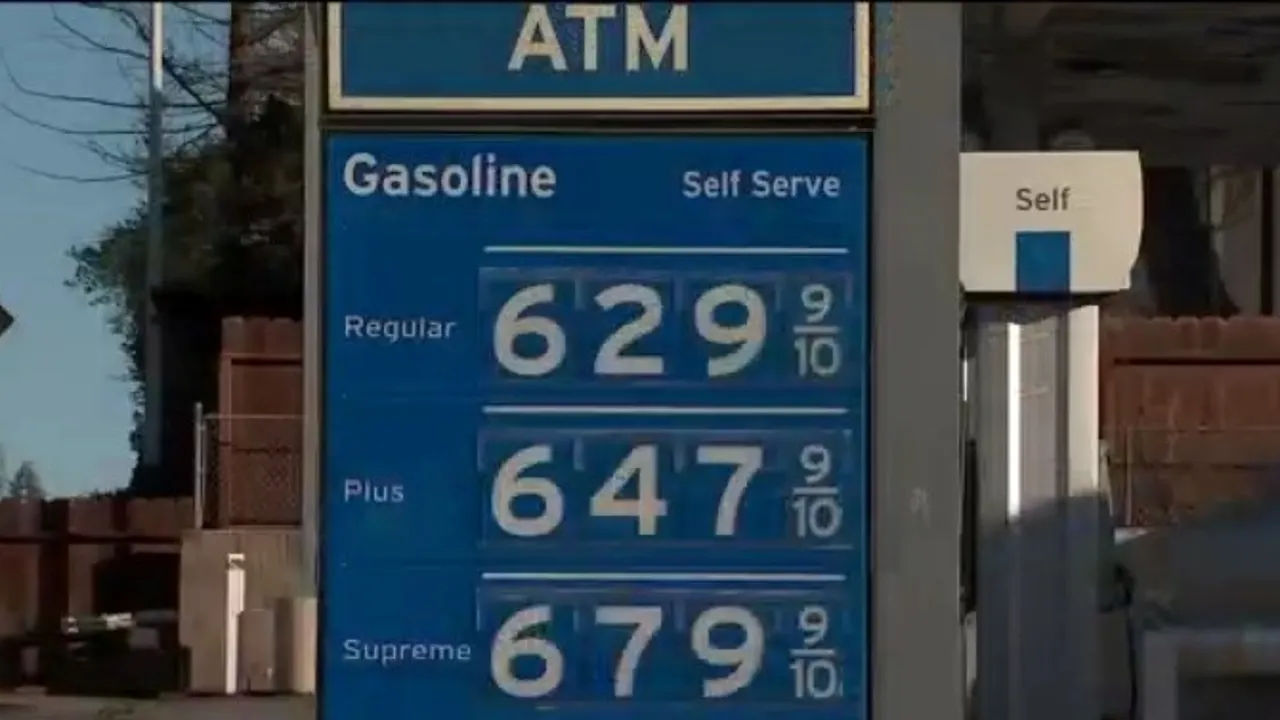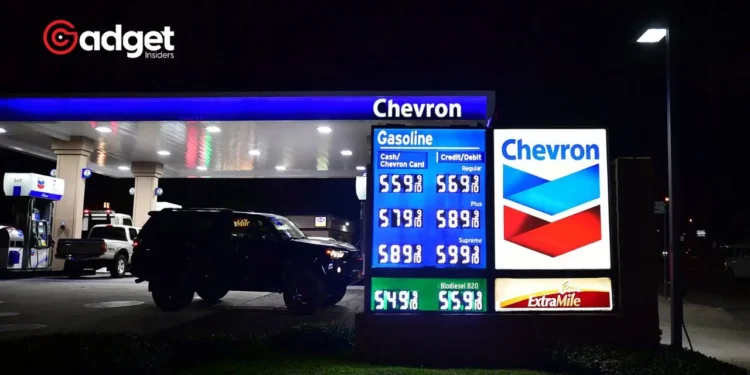In recent times, the state of California has witnessed a staggering increase in gasoline prices, making it a focal point of discussion and concern among residents and economic analysts alike. This rise is not just a minor fluctuation but a significant leap that has left many Californians reeling from the impact.
Through in-depth analysis and insights from industry experts, this article aims to unravel the reasons behind the surging gas prices in California and its potential implications for the residents of the Golden State and the broader US economy.

The Unprecedented Rise in Gasoline Prices
The phenomenon of rising gasoline prices is not confined to California; it is a national trend. However, the price hike in California has been particularly acute. Data from AAA reveals a substantial increase in the state’s average gas price to $5.27 per gallon, marking a $0.23 jump in just a week.
This spike is in stark contrast to the nationwide average, which saw a relatively modest increase of $0.04, settling at $3.54 per gallon. Such a disparity raises questions and concerns, highlighting the unique position of California in the national energy landscape.
Tom Kloza, a renowned global head of energy analysis at OPIS, sheds light on the situation, attributing the price surge to “refinery challenges” within the state. Notably, a significant Phillips 66 refiner in the Bay Area ceased gasoline production, pivoting towards renewable diesel.
This shift, coupled with scheduled maintenance at two critical refineries and a tendency for speculative buying in global markets, has catapulted wholesale prices to unprecedented levels.
🇺🇸⛽️📈The average price of 95 gasoline in the U.S. is $3.54 per gallon – up 20 cents over the past month and nearly 50% since Biden took office
In many states, average prices are well over $4 per gallon, for example, in California over $5 per gallon. pic.twitter.com/p0URiq0pYn
— Hawkeye1812Z (@Hawkeye1745) April 3, 2024
The Underlying Factors and Future Projections
Kloza offers a broader perspective on the price dynamics, noting that gasoline in San Francisco is trading at a premium of almost $60 per barrel over the current crude levels. This discrepancy is evident in the context of rising West Texas Intermediate and Brent crude prices, which have reached $86 and $91 per barrel, respectively.
Despite the current strain, Kloza remains optimistic about a correction in gasoline prices, potentially within the next 30 days, based on historical patterns in petroleum markets. To mitigate such price volatilities, California passed the Gas Price Gouging and Transparency Law last year, aiming to regulate refinery margins more closely.
However, the implementation of this law has its challenges and potential consequences. Andy Lipow, president of Lipow Oil Associates, warns that the law’s stringent requirements might deter gasoline importers from engaging in the Californian market, exacerbating the supply issues at a critical juncture.

The Californian Dilemma: High Prices and Environmental Standards
California’s gasoline prices have historically been higher than the national average, attributed to the state’s unique blend requirements and ambitious environmental policies. These factors, while contributing to a cleaner environment, have also led to higher production costs and, consequently, retail gasoline prices.
The recent developments have brought to light the delicate balance between environmental goals and economic realities. As Regina Mayor, KPMG’s global head of clients and markets, points out, the upcoming summer driving season is expected to further escalate demand and prices.
Yet, there’s a threshold to this trend; price sensitivity could lead to demand destruction if gasoline prices reach levels perceived as unacceptable by the general public.

Navigating the Complex Terrain of Gasoline Prices
The situation in California serves as a stark reminder of the complexities inherent in managing energy resources and prices. While the state continues to pioneer in environmental standards, the current crisis underscores the need for a balanced approach that considers both ecological sustainability and economic viability.
As California navigates this challenging landscape, the coming months will be crucial in determining the effectiveness of legislative measures and market adaptations in stabilizing gasoline prices and securing the state’s energy future.










